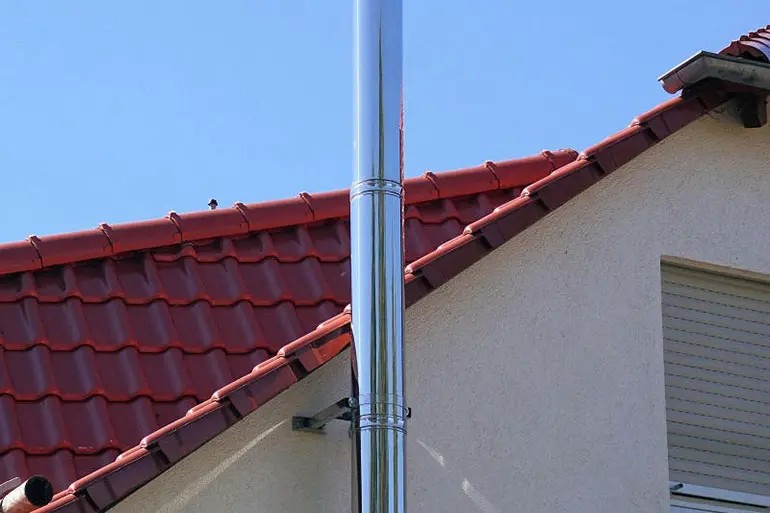A Complete How-To Guide for Venting Your Wood-Burning Fireplace or Stove
When you look to install a wood-burning fireplace or stove into your home, you may think you have it covered. But, many times, people overlook one essential part - venting. Proper venting is vital for a working and efficient stove. But, as you start looking into venting, you'll find there is a variety available. So, where do you begin?
Most manufacturers rate their appliances to accept only a few venting systems. This makes for a less intimidating selection process. Yet, there are several things to consider to ensure peak performance of your unit. This guide covers various components needed to complete venting for a wood-burning appliance.


